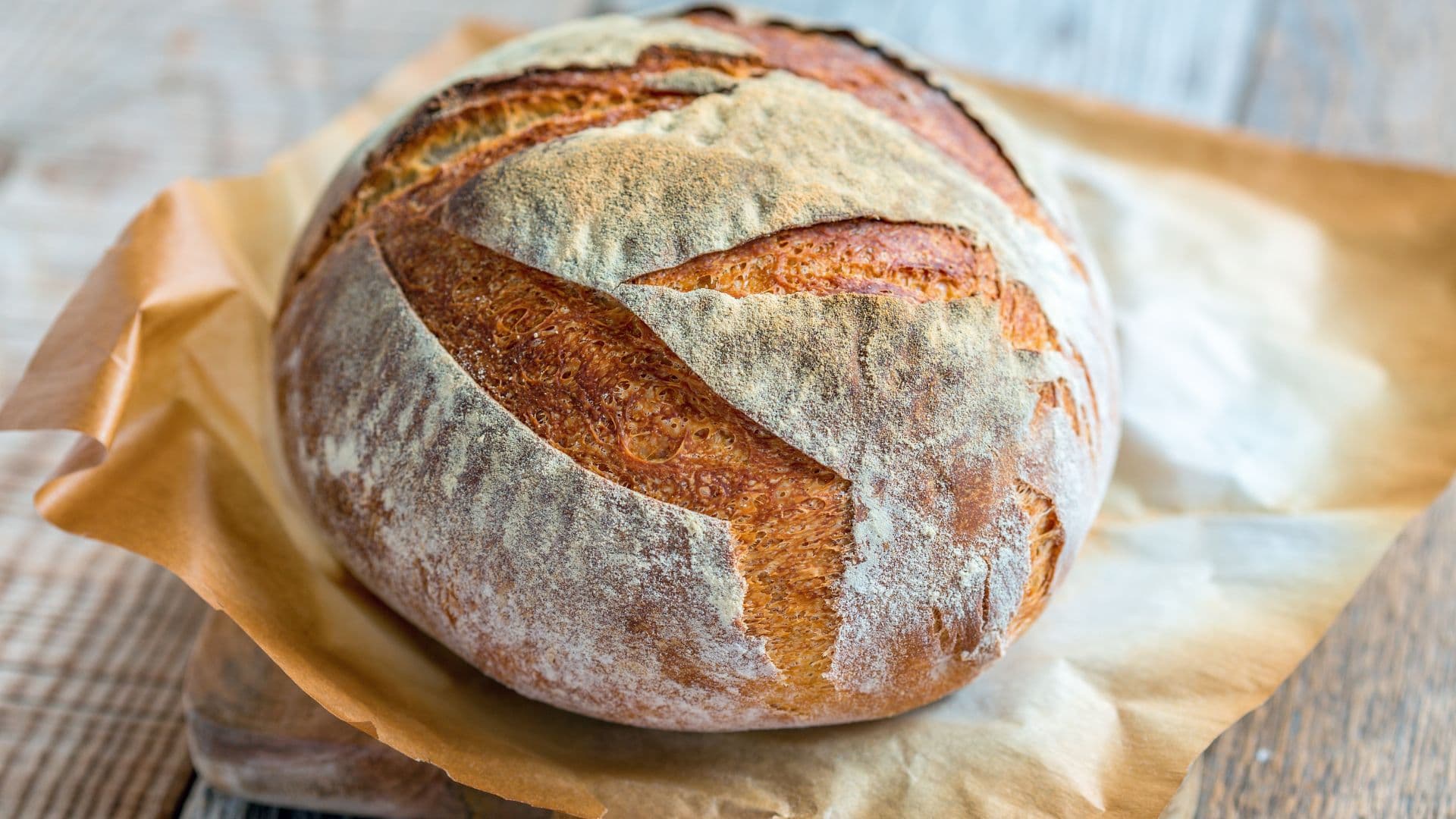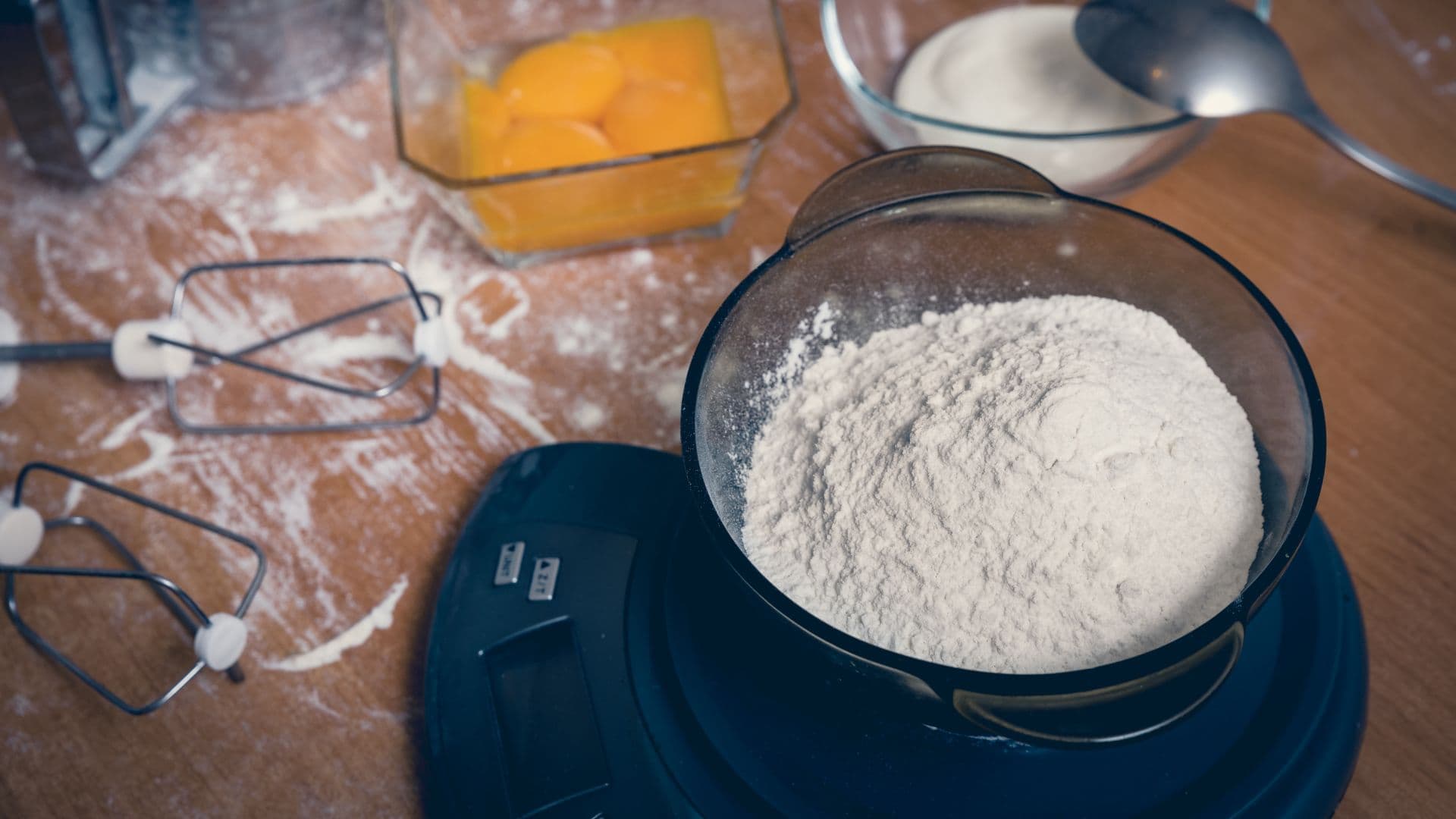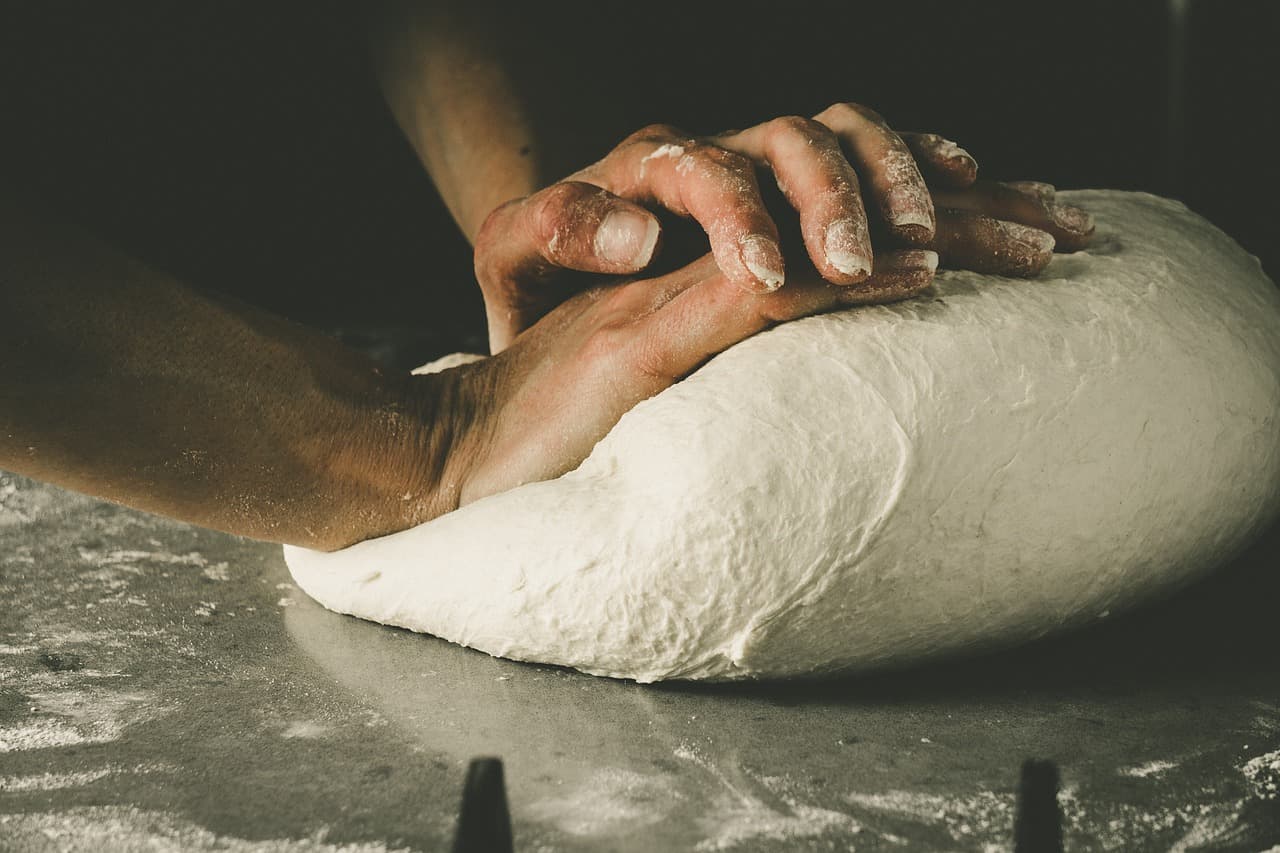Rustic White Boule
Create a round, crusty white bread with an open crumb and artisan appeal. Master foundational techniques including proper mixing, fermentation, simple shaping, and baking that form the basis for all bread making.
Unlike sandwich breads that prioritize uniformity, the boule celebrates irregularity. Its open, airy crumb and thick, crackling crust come from understanding how hydration, fermentation, and heat interact. By mastering these three fundamental components, you'll be able to adapt your bread to different flours, schedules, and preferences.
The beauty of boule-making lies in its flexibility. Whether you have two hours or two days, whether you prefer wild yeast or commercial, whether you want a gentle hand or more structured approach—all paths can lead to exceptional bread when you understand the principles at work.
Equipment Needed
- Kitchen scale


